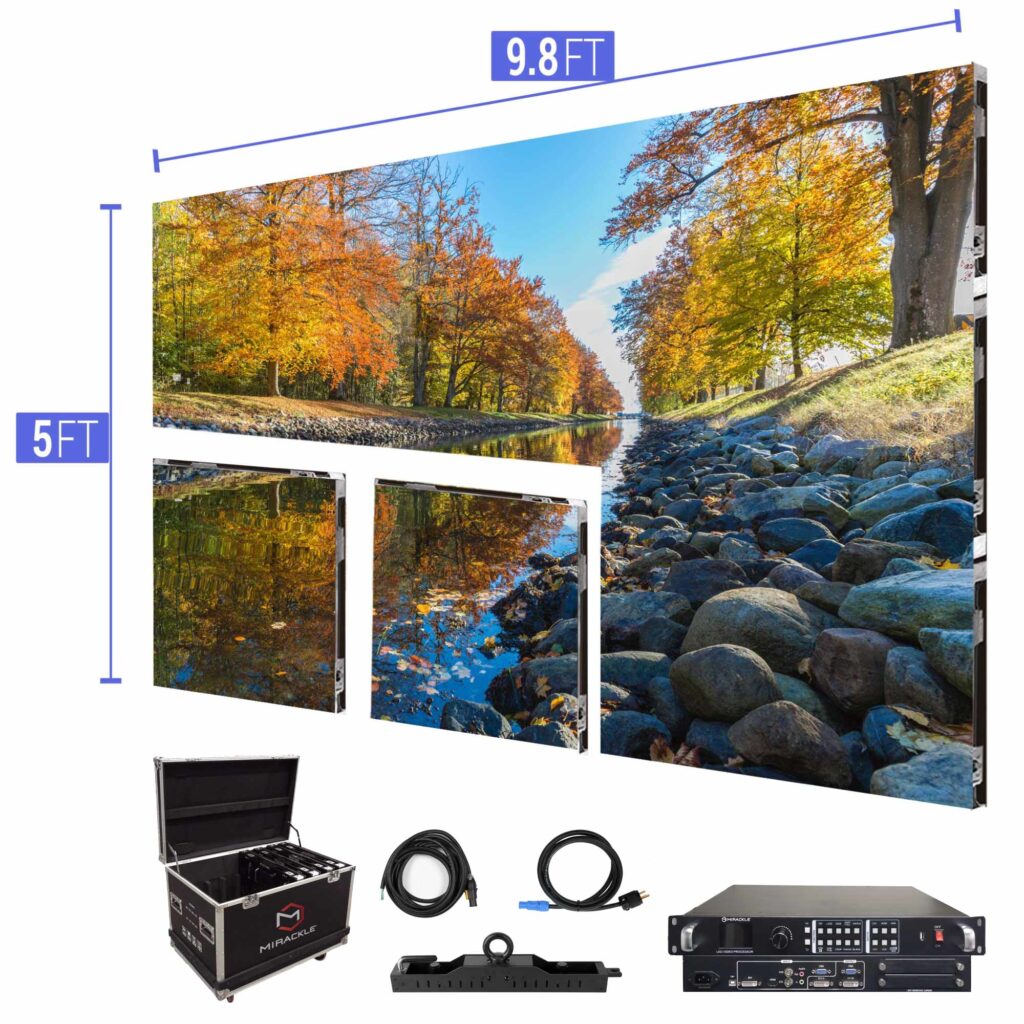Exploring the Crucial Factors That Affect Color Consistency in Light Emitting Diode Wall Screens for Optimal Visual Output
Exploring the Crucial Factors That Affect Color Consistency in Light Emitting Diode Wall Screens for Optimal Visual Output
Blog Article
Color uniformity in light-emitting diode wall screens is crucial for achieving maximum visual output. LED wall screens are commonly used in multiple environments, including concerts, meetings, and advertising showcases. When the colors on these panels are consistent, they create a more captivating and enveloping experience for audiences. Several key factors affect hue uniformity, including the caliber of the light-emitting diode components, tuning procedures, and surrounding conditions.
The quality of the LED elements plays a major role in hue consistency. Different types of LEDs emit light at different frequencies, which can influence the total color output. High-quality LEDs are designed to generate a more uniform light range, resulting in better color precision. Additionally, the manufacturing method of these light-emitting diodes can affect their performance. Panels made with high-grade materials and technology tend to have less color variations, ensuring that the shown pictures and videos look vibrant and true to reality.
Calibration is another crucial element in maintaining hue consistency in light-emitting diode wall screens. Tuning involves modifying the configurations of the panel to ensure that the hues shown match the intended appearance. This process can include adjusting luminosity, contrast, and color equilibrium. Frequent calibration is essential, especially in settings where lighting conditions vary often. By calibrating the panels, specialists can fix any inconsistencies in hue result, leading to a more uniform observing encounter.
Surrounding conditions also affect hue uniformity in light-emitting diode wall screens. Elements such as surrounding light, heat, and humidity can influence how colors are seen. For example, intense ambient light can wash out colors, making them look more lively. Similarly, extreme heat can affect the performance of the light-emitting diodes, resulting to hue changes. To mitigate these issues, it is essential to place light-emitting diode wall screens in controlled environments where illumination and temperature can be controlled efficiently.
Finally, the design and layout of the LED wall screens can affect hue uniformity. The configuration of the panels, as well as the distance from which they are viewed, can create differences in color perception. led wall rental for product showcases When panels are placed too far apart or at different positions, audiences may detect discrepancies in color. To achieve the best visual performance, it is crucial to consider the placement and arrangement of the panels during installation. By tackling these elements, operators can guarantee that their light-emitting diode wall screens provide a uniform and high-quality optical experience.